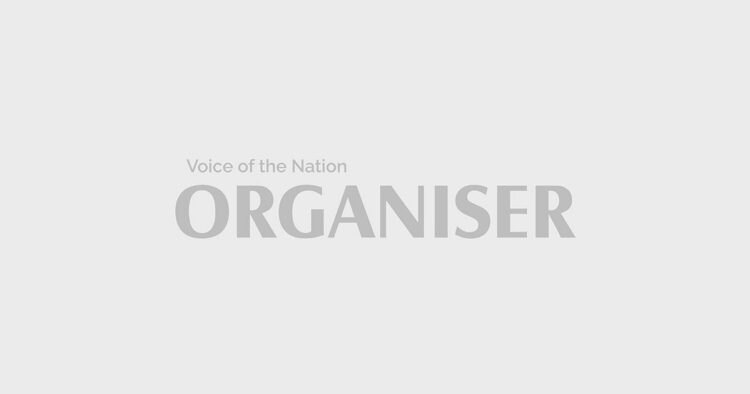South Asia comprising 30 per cent of the world’s population remains largely politically fractured. By the late 1040s, a big, recently divided, secular, predominantly Hindu India was the source of much envy and nervousness in most of the countries that constituted South Asia. These were neighbouring countries of India, much smaller and contiguous with it. Afghanistan, an Islamic kingdom, a British protectorate till 1919; Buddhist Bhutan, an Indian protectorate; Buddhist Burma fiercely independent in 1948; the Maldives, a self-proclaimed Islamic country; Nepal, a feudal kingdom; the two wings of Pakistan, the “national homeland for the Muslims of British India”; and the Buddhist Sri Lanka. In order to assert their independence and distinctive confident identity, the smaller neighbours would often join with each other against a “perceived obstreperous India.” The author rightly points out that in the politically fractured South Asia, both the Super Powers tried “to tailor country-specific policies but did little to promote regional cooperation.”
The thorniest relations among the newly independent countries of South Asia were between the youngest – Pakistan and the largest – India. The former in its quest of security and for the maintenance of a regional balance of power, sought alliances with stronger countries, especially the United States. The latter, however, had little knowledge of or vital interests in South Asia. Accordingly, Washington’s policies were marked by abrupt swings in strategy as it was a reflection of other American global priorities. Some Indo-United States cooperation developed in 1952 during the Korean War when Nehru’s suggestion for handling the prisoners-of-war was resolved.
Actually it was Washington’s tilt towards Pakistan that effectively defined the limits of Indo-American ties. The economy in Pakistan was controlled by the urban elite that had migrated from India and which favoured industry over agriculture, private entrepreneurship backed by easy credit and privatisation of state-owned assets. This economic model, though much favoured by Washington, did not create binding ties as Washington viewed Pakistan as a minor ally while regarding India as the most important nation in the region.
However the US-Pakistan military alliance, formalised in 1954, aroused hostility and suspicion in India. Despite generous military aid, Pakistan felt frustrated at US failure to apply economic pressure on India to settle the Kashmir dispute.
India, unlike Pakistan, was vociferous in its support for decolonisation, championed the Palestine cause and advocated end of apartheid in South Africa. In addition, India aspired to lead the Third World with formation of the NAM (Non-Aligned Movement) which was intrinsically anti-American and generally adopted “the economic policies espoused by the Soviet Union and communist China.” India, with its close ties with Soviet Union, was perceived as being aggressively anti-West.
Around 1979, the overthrow of pro-West Shah of Iran, the rise of Ayatollah, the Soviet military intervention in Afghanistan followed by Washington’s parallel support of the anti-Soviet Mujahideen movement, India’s development of an independent nuclear policy did not bring India and the United States closer. Regional grouping under SAARC gathered momentum and the smaller countries of the subcontinent drew closer to the United States in the “global war against terror.”
By the 1990s, India’s entrance of free markets drew her closer to the United States as “natural allies”, as observed by the then Prime Minister, Atal Bihari Vajpayee. The author stresses here that India and the United States “developed a new understanding of each other’s position on numerous issues for the first time during the Vajpayee government’s rule.” Apart from the US-led global war on terrorism, other challenges like the rise of China and instability in Pakistan (coupled with the close relations between Pakistan and China) may lead to greater Indo-US cooperation, hopes the author.
In addition, pertaining to this period, the encyclopedia contains hundreds of entries spanning people, places and events, organisations and institutions, political, economic, business and cultural ties as also security and defence relations.
(Vision Books Pvt Ltd, 24 Feroze Gandhi Road, Lajpat Nagar-III, New Delhi-110024.)














Comments